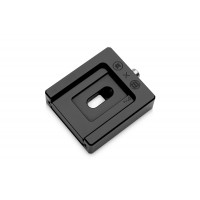Back in the day it was recommended to put fans in push-pull configuration. When I had a liquid cooled 1080Ti I saw clear advantages doing push-pull and having fans in high RPM. This happened because the delta between the liquid temperature and the GPU die was within about 10c. However nowadays when I'm trying to cool my overclocked 13600k I notice that the CPU easily gets to 90c+ under continuous stress, while the air coming out of the radiator is barely hot, and liquid temperature is often in the 30-40c range.
I have come to the conclusion that the bottleneck in cooling here is not the cooling of the radiator, but rather the heat-transfer interface between the CPU and the waterblock, therefore making any airflow redundant. Is this statement correct? Is push-pull pointless now?
Also, how is it that my GPU consumes 400W+ at ~70c, while the CPU reaches to ~90c at 200W? Why is there such a big difference between them?
Would love your insight on this! Thanks!
I have come to the conclusion that the bottleneck in cooling here is not the cooling of the radiator, but rather the heat-transfer interface between the CPU and the waterblock, therefore making any airflow redundant. Is this statement correct? Is push-pull pointless now?
Also, how is it that my GPU consumes 400W+ at ~70c, while the CPU reaches to ~90c at 200W? Why is there such a big difference between them?
Would love your insight on this! Thanks!

